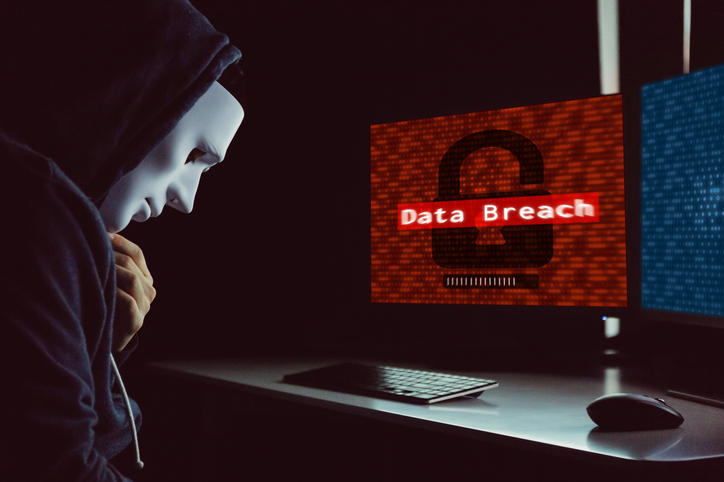
IT consultants provide valuable insights to businesses looking for guidance on technologies that lead to better business outcomes.
Having a strong relationship with your IT consultant leads to more productive collaboration and discussions that are more fruitful. It begins with making the right choice to be your IT partner and requires commitment, communication and trust to remain effective. The scope can be vast or project-specific.
As noted in a recent ITBusinessEdge article, “Consultancy firms can help with everything from one-off projects for companies that don’t have enough time to pull together a team, to long-term projects that require a team with deep experience in an emerging or cutting-edge technology.”
Here are a few tips for making and keeping a great relationship with your IT consultant.
What Should I Look for in an IT Consultant?
The relationship begins during the selection process for an IT consultant. It starts with being clear about what your company needs from the consulting engagement. Define your desired outcomes, whether for a specific project or a longer-term, ongoing relationship. These scope documents should include your expected timeframe, internal resources, reporting expectations and success factors.
You should be clear about your immediate and future needs, whether they’re an improvement in network performance, better IT security, compliance mandates or better efficiency.
There are several things to consider during the selection, including
- Who will be working on your account (ask to meet them before signing)
- How much experience the consultant has with your business
- Performance, success stories and references
- An understanding of your business, its needs and your industry
Think as granularly about the project as possible so you aren’t surprised by anything down the road. Do you need a very hands-on team? Can your working structure or schedule be flexible? What development methodologies are a must-have? While it may take a little more time and effort, making sure you’re selecting the right firm from the start will result in a smoother ramp-up and integration process.
What Communication Should I Have with an IT Consultant?
Regular status meetings are an important part of the consultant-client relationship. Updates should happen on a mutually agreed schedule that’s included in your contract. The meetings should have a clear purpose, agenda and outcome. In most cases, these meetings should review progress on projects and data on the performance of deployed technologies. There should be a discussion of business needs and potential solutions using emerging technologies, too.
Communication with your IT consultant needs to be a two-way street. You should provide regular feedback on the consultant’s work, including what’s working well and what needs to be improved.
How Do We Prepare for Working With an IT Consultant?
Your internal IT team may feel intimidated by having an outside IT consultant become more involved in the decision-making and strategy for your business. The reality is that most internal IT staffs are stretched thin and cannot manage the day-to-day tasks, the strategic IT discussions and project management you need.
It’s important to be clear about how the IT consultant and your internal IT staff will work together. It’s important to think of the consultants as part of your IT team, a valued extension. Internal and external teams need to work together to achieve your goals. That means broad information sharing, progress updates, shared work and a true partnership.
Your IT consultant needs a candid assessment of the IT team and other relevant staff members. They also need to understand your products or services, your market and your existing technology solution. Many IT consultant relationships begin with an assessment of your current IT systems, hardware, software and business processes.
There’s another component to prep work with an IT consultant. If they’re going to be deployed internally, be sure they have the resources necessary from the start. That means a clean workspace, equipment, passwords and system access, an email account and phone number. You should communicate to your teams who the consultant is, why they are being hired and the scope of their work.
Provide the consultant with the procedures, policies, company overview, safety protocols and a sense of the company culture before they walk in the door.
How Should We Monitor the IT Consultant’s Work?
It begins and ends with trust. You need to trust that your consultant is doing what you’ve contracted for. Consultants usually have ample experience, extensive technical knowledge and experience with assessments and project management. Communication should be regular and consistent, knowing that you shouldn’t micromanage and that urgent issues will be brought to your attention.
You also need to trust that your IT consultant will be fully informed of technical options for your company. As the client, you are the ultimate decision-maker, but you need to be comfortable with taking a leap of faith. Your consultant’s recommendations may be very different from what you expected, but if believe that their guidance will give your business a competitive edge, it’s important to take their recommendations seriously.
You should also appoint an internal contact who will be the consultant’s primary liaison within the organization, solving day-to-day problems and answering questions. This contact also needs access to the CEO or other senior leadership and have a seat at the table when making decisions about projects and the consultant’s work.
An IT consultant brings with them knowledge, experience and solutions focused on boosting your business. Having a clear sense of how to work with them effectively means a greater return on your investment and better outcomes.











